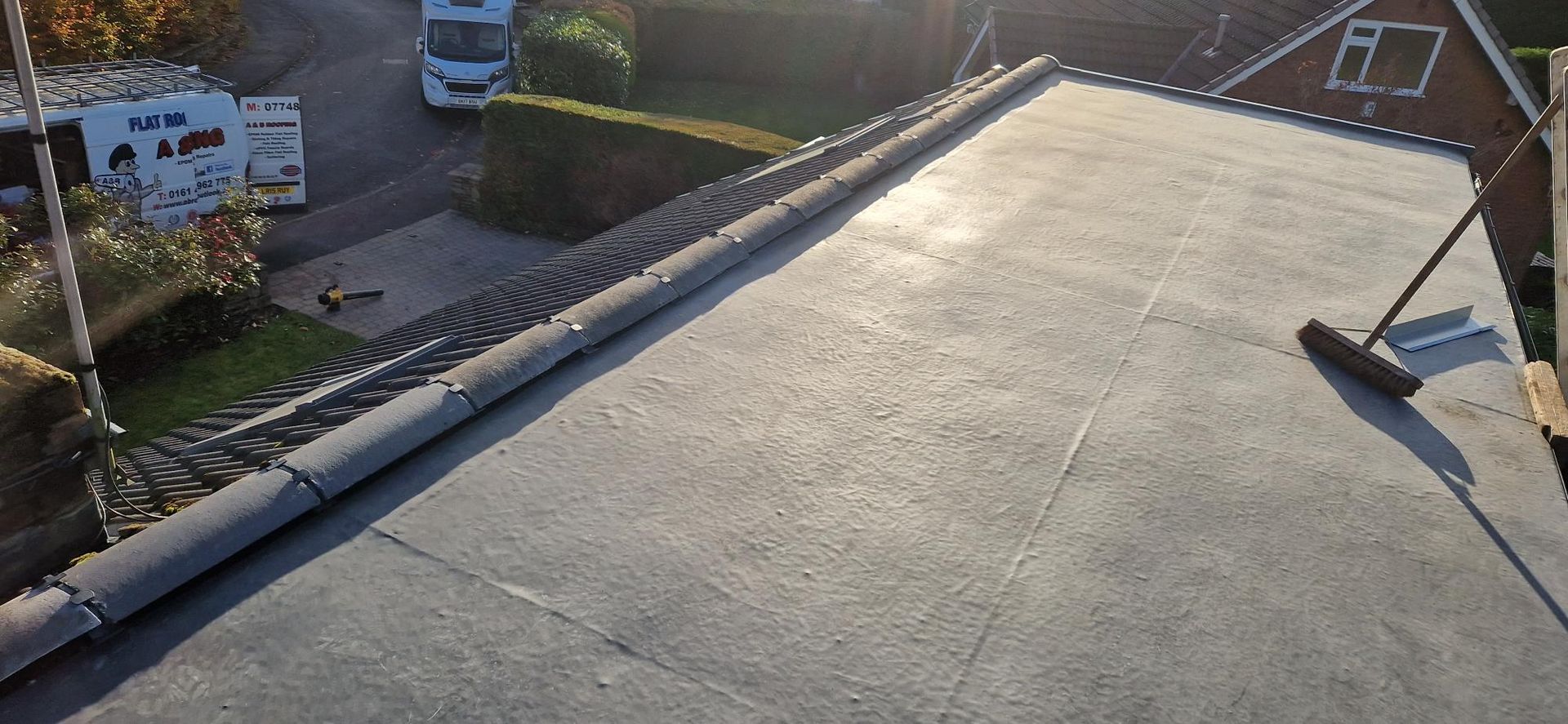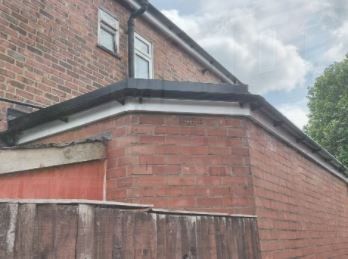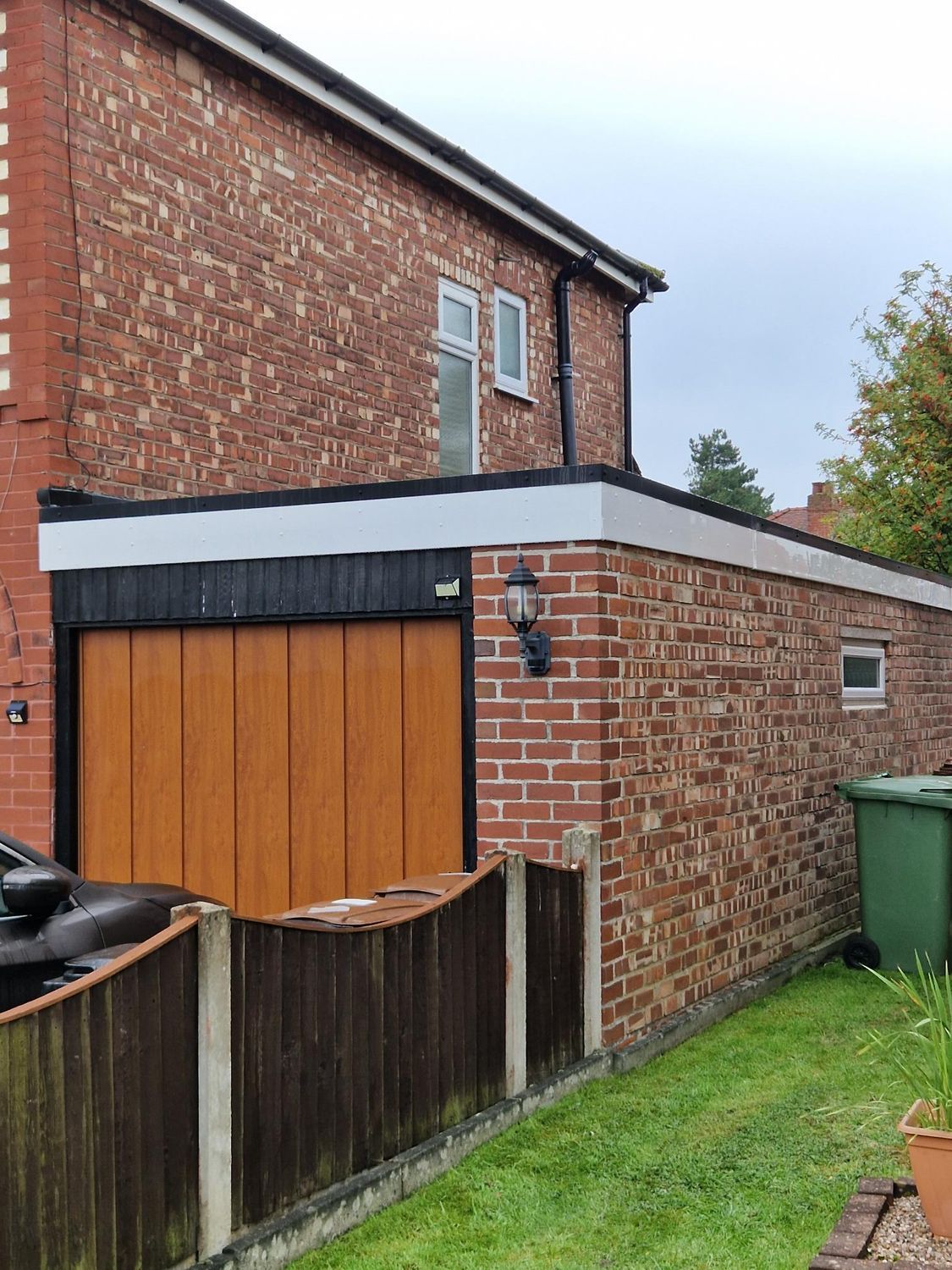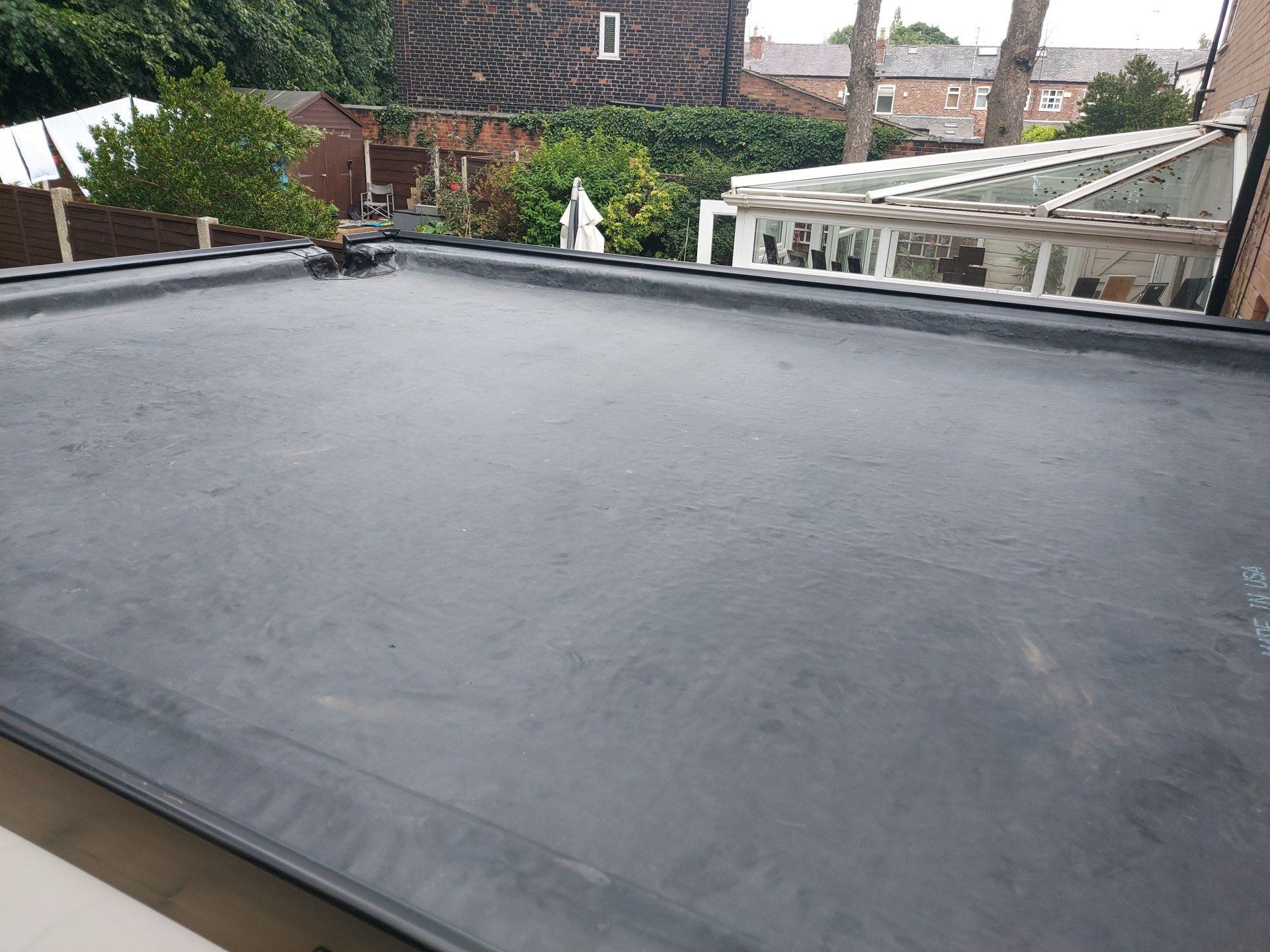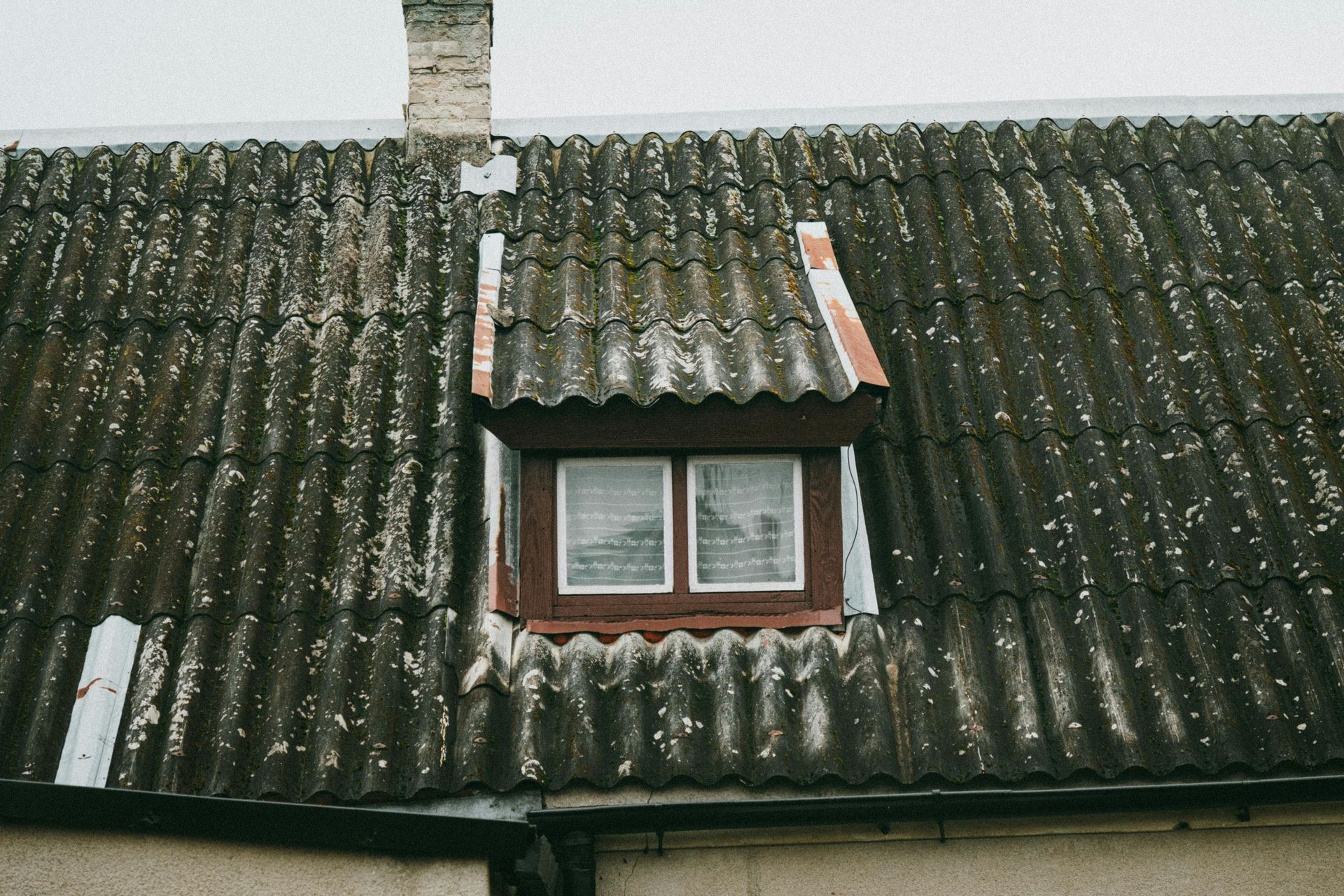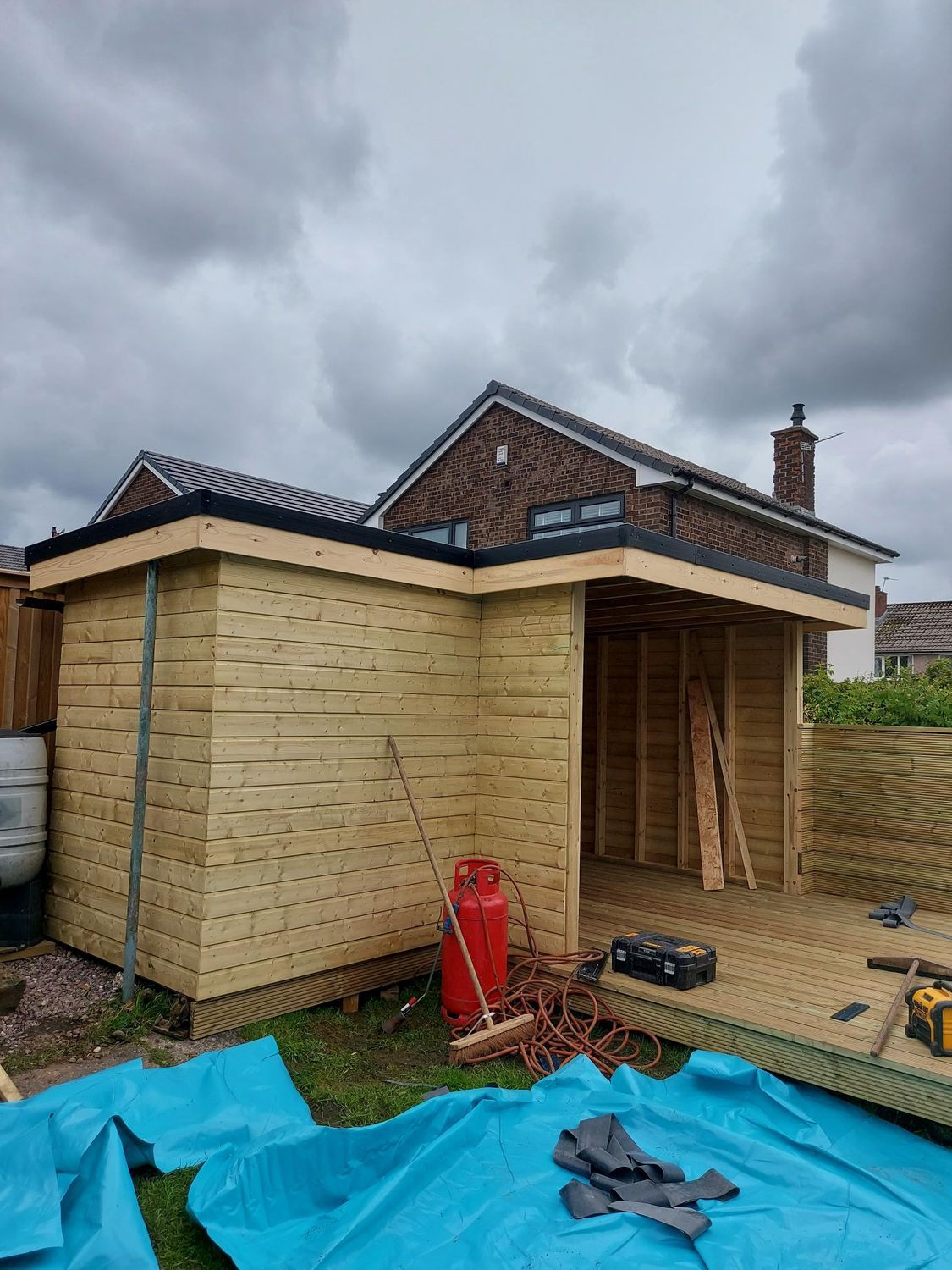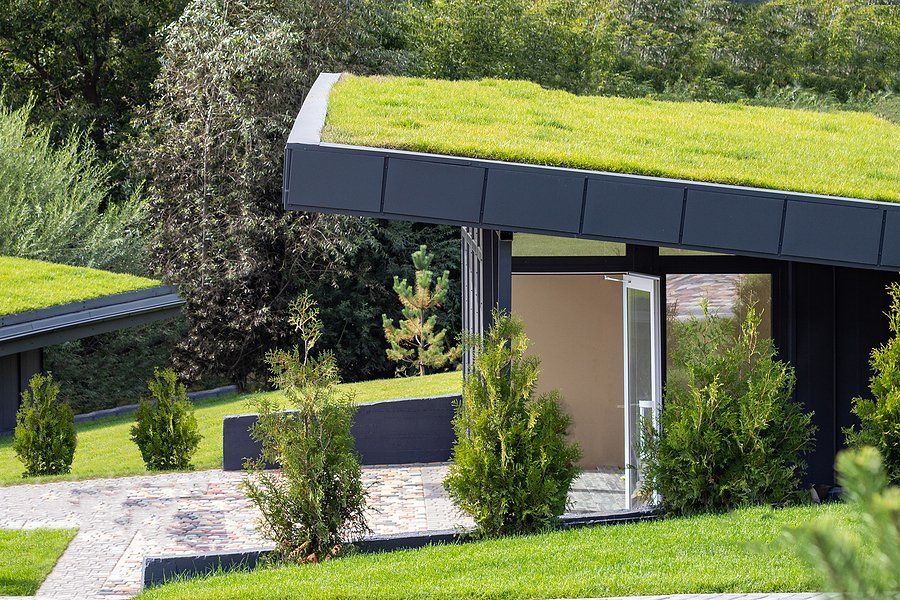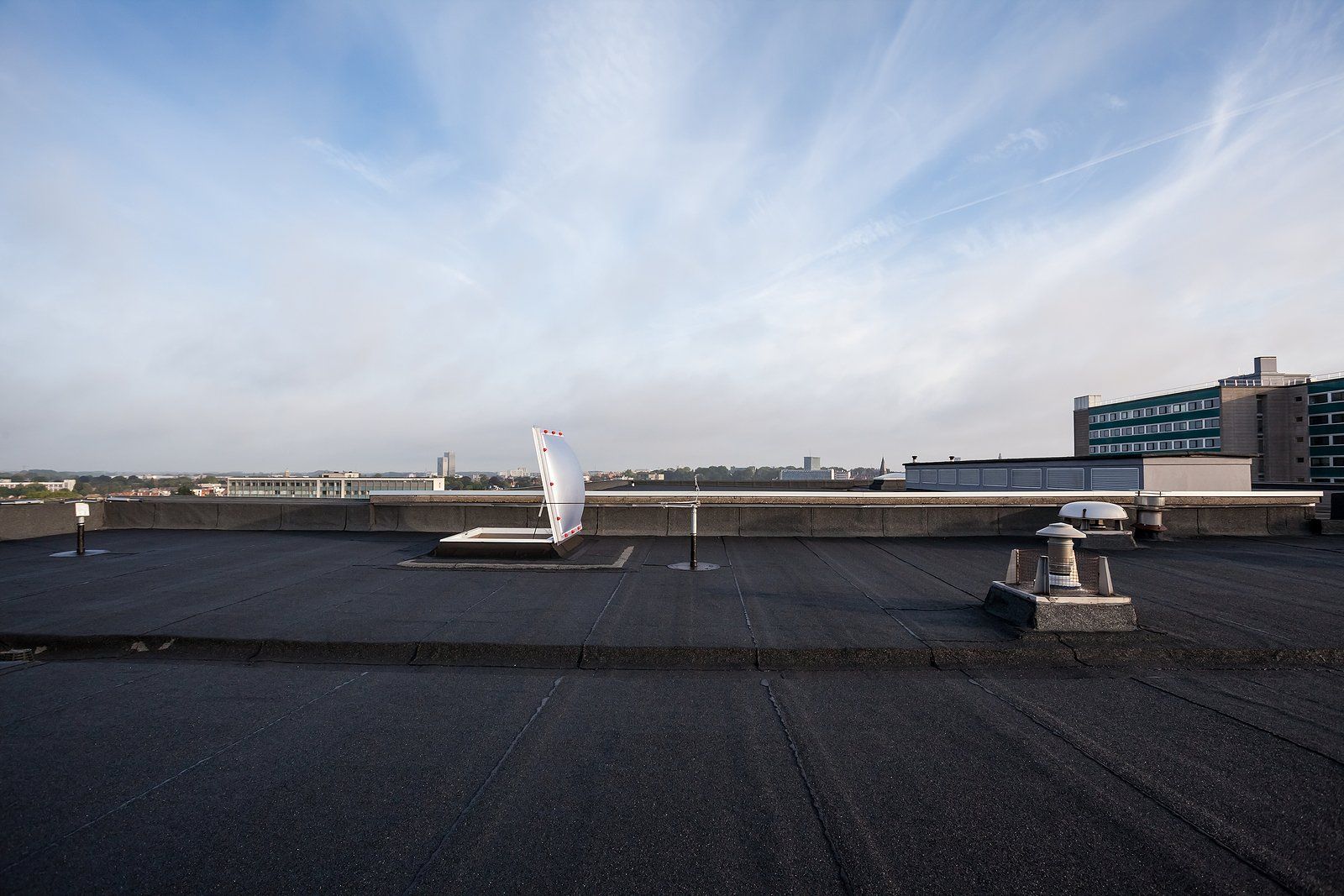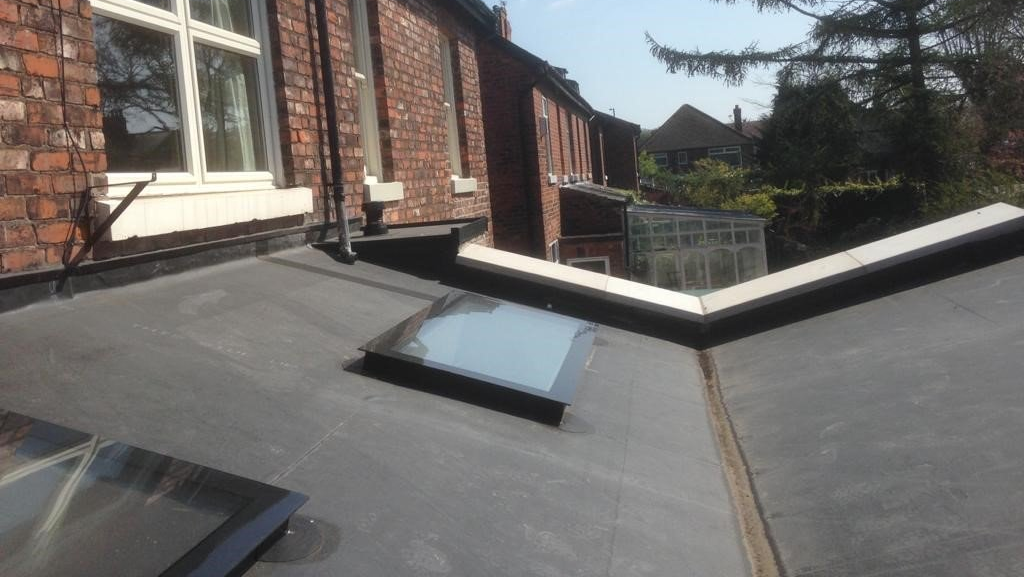3 Types of Flat Roofs
Daniel Bracewell • 23 July 2021
If you’ve been thinking about adding an extension to your home, there are many design options available, but one important aspect is the roof.
There is much to consider when planning your home extension, including planning permission, for which the government is about to release new apps to simplify the process. Flat roofs are the popular option for the majority of extensions, and we look at the three types available.
The different types of flat roofs include built-up roofs (BUR), modified bitumen roofs (MBR), and EPDM rubber roofing installation. Flat roofs typically come with a 10 to 20-year warranty, but the right construction and maintenance can last more than 25 years.
1. Built-Up Roof (BUR)
This traditional hot-tar-and-gravel method is made up of three or more piles of waterproof material sandwiched with hot tar and ballasted by a layer of smooth stone. Once made from tar paper, now these roofs use more advanced materials, such as fibreglass membranes.
This is the cheapest option, and attractive, but is also very heavy, meaning joists need strengthening, and the process of installation is not recommended for occupied homes.
2. Modified Bitumen Roof
This is a single-ply rolled roof, that is impregnated with a mineral-based wear surface. As the material is unrolled, it is heated with a blow-torch to activate the adhesive.
Installation can pose a fire risk and is not as scuff or tear-resistant as rubber membrane roofs.
3. Rubber Membrane Roof
EPDM (short for ethylene propylene diene monomer) is a true rubber. The durable single-ply membrane material resembles an inner tube, but it's engineered to resist damage from sunlight. EPDM can be mechanically anchored with fasteners, ballasted with stone, or glued.
It is a relatively light material that is highly resistant to scuffs and tears, and any leaks are easier to patch. It is the more expensive of the three options, but also the one that will last the longest.
If you’re looking for EPDM flat roof specialists in Stockport, get in touch today
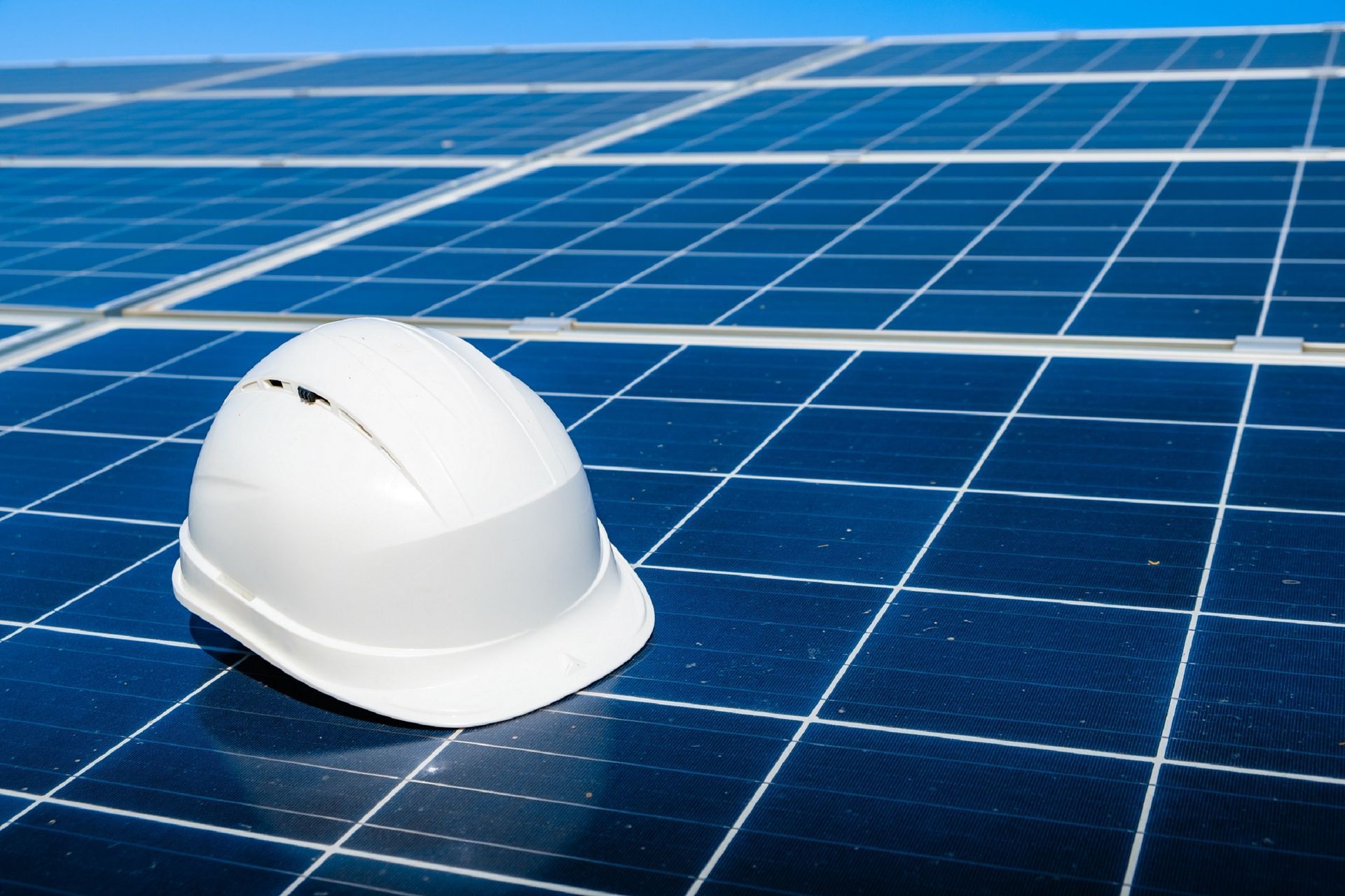
If you’re exploring how to lower your energy bills and reduce your carbon footprint, you may be looking at the likes of solar panels for your home. But what if your property has a flat roof rather than a pitched roof? Can you still install solar panels on a flat roof? The short answer is yes, you can! In fact, it is often easier to install solar panels on a flat roof than it is to fit them to a sloped roof, which might make this an even more appealing avenue to explore when you’re looking at flat roof ideas . In many cases, you also don’t need planning permission to install solar panels on your flat roof. Of course, there are exceptions if you have a listed building or live in a conservation area, but if you own your house (different rules apply for flats too), you should be free to add solar panels to your home as you choose. There are different kinds of mounting systems for flat roof solar panels and which is most appropriate for your home will depend on the direction it faces. It is worth noting that the cost of installing solar panels is often higher on flat roofs because of the mounting system, but some of this can be offset by the lower labour costs because the installation process is usually more straightforward. One of the main reasons homeowners install solar panels is to reduce their energy bills. Many report savings of hundreds of pounds each year, which means these panels often pay for themselves relatively quickly. What’s more, under the Smart Export Guarantee , you can sell any energy you don’t use back to the National Grid, which can increase the rate at which your investment in solar panels pays for itself. So, if you are exploring ways to make the most of your flat roof, consider solar panels as an option to reduce your energy bills and do good for the environment.

